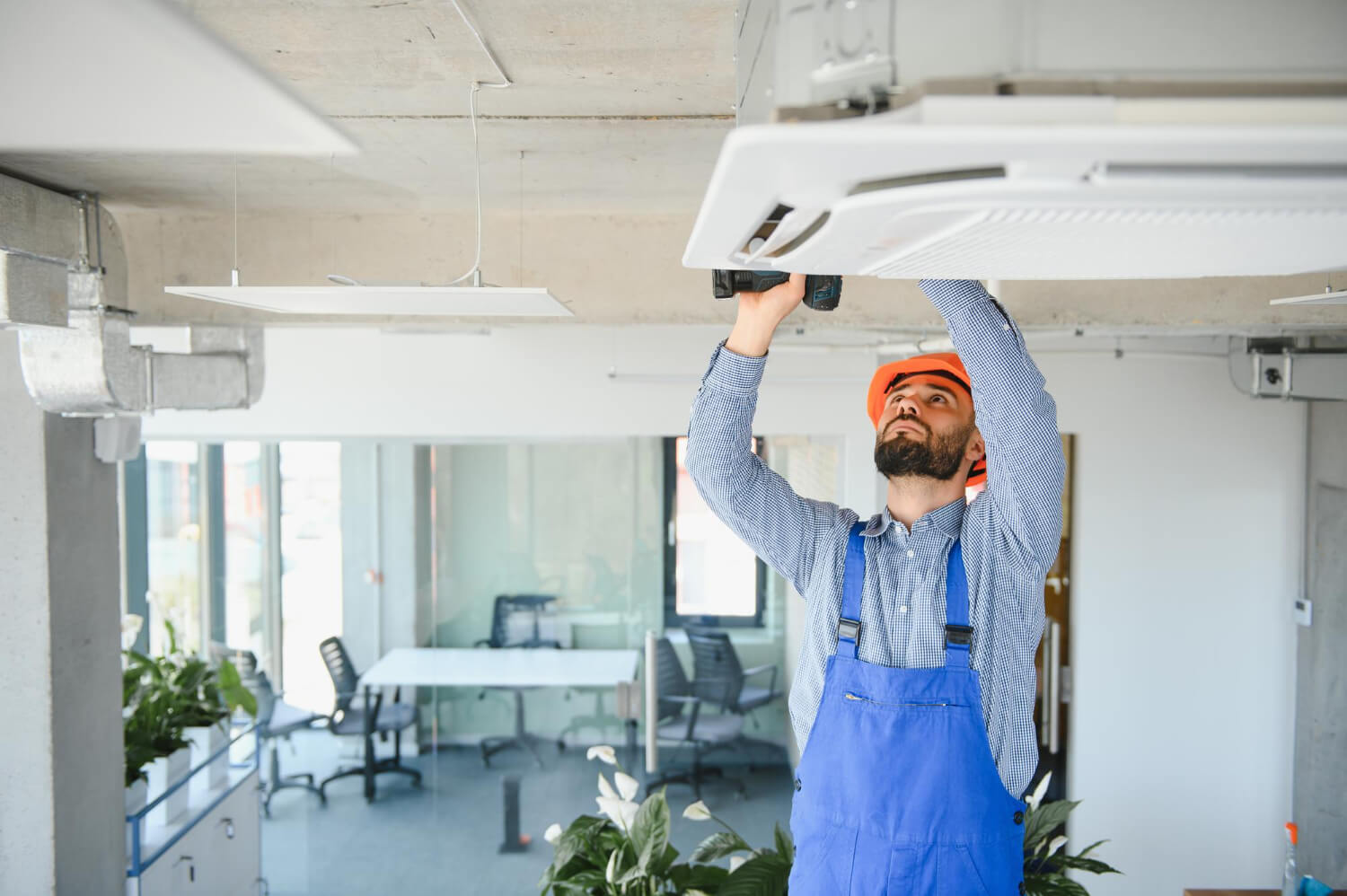As seasonal shifts occur, the demands on the demands on your heating, ventilation, and air conditioning system commonly known as HVAC. Grasping the ins and outs is vital for maintaining your home comfort in your home throughout the year. As you prepare for winter’s cold or the夏季的酷热, taking the time in your HVAC system can help avoid expensive failures, improve energy efficiency, plus enhance the quality of air indoors.

This article provides key checklists for seasonal HVAC maintenance that ensures your system runs smoothly throughout the year. From common HVAC issues to smart tips for lowering energy bills, we will walk you through all the necessary information. Whether you are a novice or have some background in HVAC systems, our detailed advice is designed to help you achieve a comfortable living space that promotes health.
Grasping Heating, Ventilation, and Air Conditioning Systems
HVAC, which stands for a critical component of modern comfort, is a key system in modern homes and buildings that ensures comfort through temperature regulation and air quality control. At its heart, HVAC systems execute three primary functions: heating, cooling, and ventilation. By controlling the indoor climate, they contribute to create a cozy living environment no matter external weather conditions. Many systems combine these functions into a single system, whereas others might involve separate components for each function.
The heating component typically uses heating systems or heat pumps to warm the indoor air during frigid months. Furnaces function by generating heat through burning fuels, while heat pumps transfer heat from outside to the indoor space. In contrast, the cooling aspect primarily relies on AC systems that eliminate heat from the indoor air, using coolants to cool and dehumidify the space efficiently. These systems work in conjunction with ductwork or fans to circulate warmed or cooled air throughout the house.
Ventilation, the third important function of HVAC systems, entails the exchange of indoor air with outdoor external air. This process is key for maintaining indoor air quality and removing pollutants, allergens, and moisture that can build up over time. Different forms of ventilation exist, including natural ventilation, active ventilation, and equilibrated air flow systems. Together, these aspects and functions work to create a safe and pleasant indoor environment ideal for all occupants.
Heating, Ventilation, and Air Conditioning Service and Efficiency
Consistent maintenance of your heating and cooling system is crucial for ensuring optimal functionality and efficiency. A thoroughly checked system functions better, which can cause lower energy bills and better comfort levels in your home. Essential care tasks consist of swapping air filters on a regular basis, checking for any leaks in ductwork, and ensuring that the outdoor unit is unobstructed by debris. Organizing yearly professional inspections can also help identify potential issues before they turn into significant problems.
Another important aspect of HVAC efficiency is proper thermostat control. Adjusting your thermostat correctly for each time of year can result in a considerable difference in energy consumption. For cold months, think about lowering your thermostat a few of degrees when you are away or asleep. In the hot months, adjusting the temperature a bit when you are not home can diminish cooling costs. Additionally, utilizing programmable thermostats can enhance your HVAC system's functionality by automatically adjusting settings based on your habits, thereby enhancing efficiency.
Interior air quality is related with HVAC performance. Consistent maintenance practices can stop dust, mold, and allergens from moving in your home, which can negatively impact air quality and exacerbate the workload on your HVAC system. Picking the right air filters and ensuring proper ventilation are important for maintaining a safe environment. check my source enhances your HVAC system’s performance but also contributes to a more enjoyable and better living space.
Seasonal Heating, Ventilation, and Air Conditioning Preparations
Preparing your HVAC system for the transitioning seasons is crucial to secure peak performance and efficiency. For the chilly months, it’s vital to check the furnishing components, including the furnace and temperature control settings. Make sure to change out air filters to enhance airflow and maintain indoor air quality. Checking ductwork for breaches and sealing any cracks can prevent heat loss, helping to keep your home warm without overburdening your system.
As the hot season approaches, it's essential to prepare your air conditioning system for the elevated temperatures. Commence by cleaning the outdoor unit of your air conditioner , removing debris and foliage that could obstruct airflow. Check the refrigerant levels, and make sure that all connections are tight. Adjusting the thermostat to a higher temperature while you're away can also aid lower energy bills, allowing your HVAC system to run more efficiently.
In each seasons, booking a professional tune-up can provide extra peace of mind. Technicians can discover and correct potential issues before they become significant problems, thus extending the life of your HVAC system. Regular maintenance is crucial to promoting energy efficiency, enhancing indoor comfort, and avoiding costly repairs later on. By adhering to these seasonal preparations, you ensure that your home remains comfortable all year long.
